Mozambique: Attorney General vows to punish rangers involved in illegal logging
Mozambique: Trafigura pledges to help restore forests
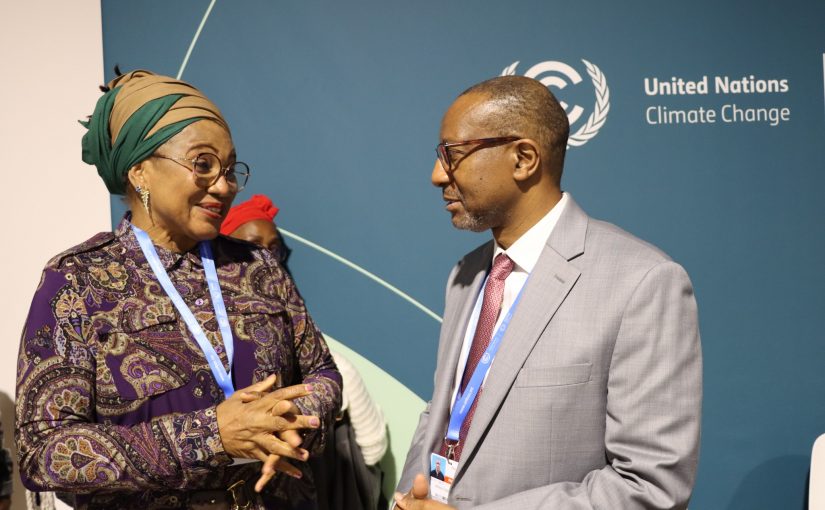
Photo: Ministério da Terra e Ambiente
Trafigura, one of the world’s biggest players in the trade of raw materials, including hydrocarbons, will help Mozambique develop large-scale forest restoration projects, according to an agreement signed in Baku on the sidelines of COP29.
According to information from the Ministry of Land and Environment sent to the Lusa news agency on Thursday, the Miombo Regional Forest Restoration Project is at stake in implementing the Maputo Declaration on the Sustainable and Integrated Management of this forest ecosystem with around 300 million African inhabitants.
On the sidelines of the 2024 United Nations Climate Change Conference (COP29), which is taking place in the Azerbaijani capital, the ambassador and head of Mozambique’s delegation at the summit, Alfredo Nuvunga, and Trafigura representative Hannah Hauman, signed a memorandum of understanding “in which the parties commit to developing large-scale forest restoration projects”.
“The aim is to produce carbon credits for commercialisation on the voluntary market (…). In addition to Mozambique, the Republic of Congo, represented by its environment minister, signed the same memorandum with Trafigura. Tanzania, Zambia and Zimbabwe are in the final stages of analysing the memorandums, which could be signed soon,” said the same report.
Mozambique, which leads the Miombo regional initiative, has committed to “continue to coordinate the political integration of member states, provide up-to-date information on forest carbon emission levels and on ongoing forest conservation and management programmes in the country”.
“Trafigura will continue to mobilise funding, provide technical assistance for project generation, carbon development, acquisition and its commercialisation on the market, ensuring that restoration efforts achieve positive environmental, climate and community results,” adds Mozambique’s government.
Deforestation in Mozambique has affected 875,453 hectares in four years, although it receded during 2022, mainly affecting the provinces of Niassa and Zambézia.
A significant part of this deforestation has been taking place in the Miombo forest, which covers ten other southern African countries, including Angola, in addition to Mozambique.
A Swahili word for “brachystegia”, miombo is a genus of trees that includes many species and a forest formation that makes up the largest tropical forest ecosystem in Africa. It is a source of water, food, shelter, timber, electricity generation, and tourism.
The Mozambican President announced on September 24 in New York that “more than 500 million dollars” had been raised in the high-level dialogue on the Miombo Initiative.
“We’ve convinced the world that we need to protect the Miombo. This requires resources, but we humbly point out that management needs maximum transparency because the Miombo doesn’t just belong to Mozambique,” Filipe Nyusi told journalists.
The event brought together dozens of US businessmen who donated to the project and African leaders, including the heads of state of Botswana, Mokgweetsi Masisi, and Malawi, Lazarus Chakwera.
The Miombo Forest covers two million square kilometres and provides a livelihood for more than 300 million inhabitants of 11 southern African countries. It includes tropical and subtropical grasslands, bushlands, and savannahs. It is the world’s largest dry tropical forest ecosystem and is currently facing deforestation problems, among others.
According to Mozambique’s government, which developed the project’s action plan, the planned initiatives are based, first and foremost, on mapping and restoring the areas most affected by deforestation and monitoring and developing alternative income-generating projects to forest exploitation.



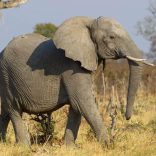
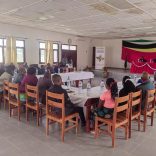

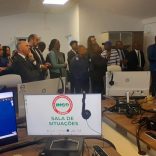
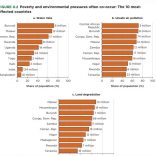




Leave a Reply
Be the First to Comment!
You must be logged in to post a comment.
You must be logged in to post a comment.